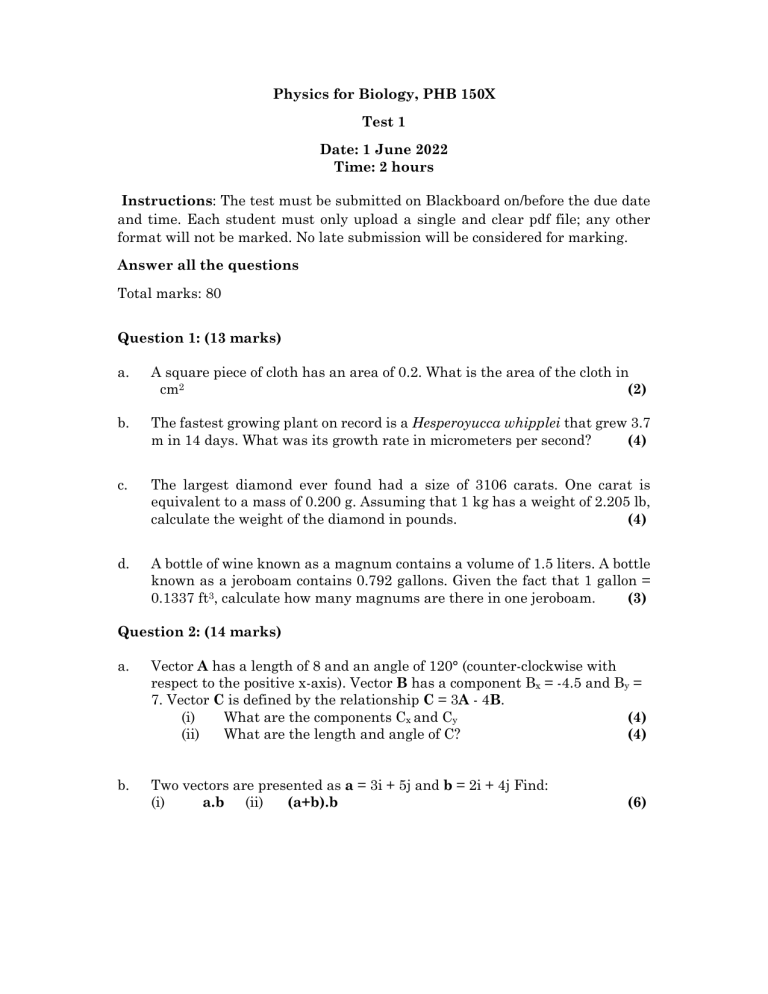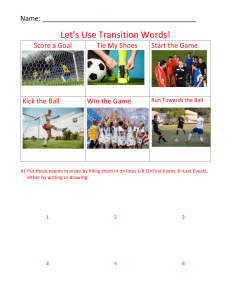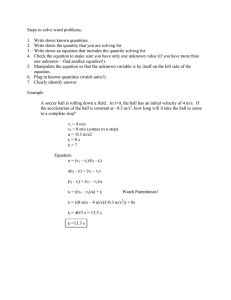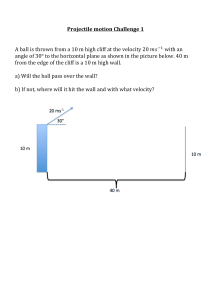
Physics for Biology, PHB 150X Test 1 Date: 1 June 2022 Time: 2 hours Instructions: The test must be submitted on Blackboard on/before the due date and time. Each student must only upload a single and clear pdf file; any other format will not be marked. No late submission will be considered for marking. Answer all the questions Total marks: 80 Question 1: (13 marks) a. A square piece of cloth has an area of 0.2. What is the area of the cloth in (2) cm2 b. The fastest growing plant on record is a Hesperoyucca whipplei that grew 3.7 m in 14 days. What was its growth rate in micrometers per second? (4) c. The largest diamond ever found had a size of 3106 carats. One carat is equivalent to a mass of 0.200 g. Assuming that 1 kg has a weight of 2.205 lb, calculate the weight of the diamond in pounds. (4) d. A bottle of wine known as a magnum contains a volume of 1.5 liters. A bottle known as a jeroboam contains 0.792 gallons. Given the fact that 1 gallon = (3) 0.1337 ft3, calculate how many magnums are there in one jeroboam. Question 2: (14 marks) a. Vector A has a length of 8 and an angle of 120° (counter-clockwise with respect to the positive x-axis). Vector B has a component Bx = -4.5 and By = 7. Vector C is defined by the relationship C = 3A - 4B. (4) (i) What are the components Cx and Cy (ii) What are the length and angle of C? (4) b. Two vectors are presented as a = 3i + 5j and b = 2i + 4j Find: (i) a.b (ii) (a+b).b (6) Question 3: (22 marks) (i) Answer the following questions on the velocity-time graph below. Consider positive to be to the right and negative to be to the left. a) b) c) d) e) f) (ii) When is the object moving to the left? When is the object speeding up? When is the object slowing down? What is the acceleration for the first 3 seconds? How far did the object travel in the first 5.0 s? What was the object's average speed in the first 5.0 s? (1) (1) (1) (2) (2) (1) A soccer ball is kicked at an angle of 45° off the horizontal and with an initial velocity of 25 m/s. (a) How long is it in the air? (4) (b) What is its horizontal displacement as it reaches the ground after time t? (2) (iii) Ball A is projected vertically upwards at a velocity of 16 m/s from the ground. Ignore the effects of air resistance. Use the ground as zero reference (a) Calculate the time taken by ball A to return to the ground (4) (b) Sketch a velocity-time graph for ball A. Showing, the initial velocity of ball A. Time taken to reach the highest point of the motion and time taken to return to the ground. (4) Question 4 (13 marks) (i) (ii) Calculate the mass of an object on the earth's surface if the force of attraction between the earth and object is 700 N. (4) Two stationary blocks of mass M kg and 2.5 kg respectively are connected by a light inextensible string. The string runs over a light, frictionless pulley, as shown in the diagram below. (a) (b) (c) Calculate the tension in the string (4) The coefficient of static friction (µs) between the unknown mass M and the surface of the table is 0.2. Calculate the minimum value of M that will prevent the blocks from moving. (5) Question 5 (18 marks) (i) (ii) A ball having a mass of 150 g strikes a wall with a speed of 5.2 m/s and rebounds with only 50 % of its initial kinetic energy. (a) What is the speed of the ball immediately after rebounding? (3) (b) What is the magnitude of the impulse on the wall from the ball? (3) (c) If the ball is in contact with the wall for 7.6 ms, what is the magnitude of the average force on the ball from the wall during this time interval? (3) A ball of mass 2 kg lies on top of a building 10 meters high and then falls down to the ground. (a) Calculate the potential energy of the ball at the top of the building. (2) (b) What is the total energy of the ball half way down its descent? (2) (c) What is the potential energy halfway down? (2) (d) What is the ball's velocity halfway down? (3)



